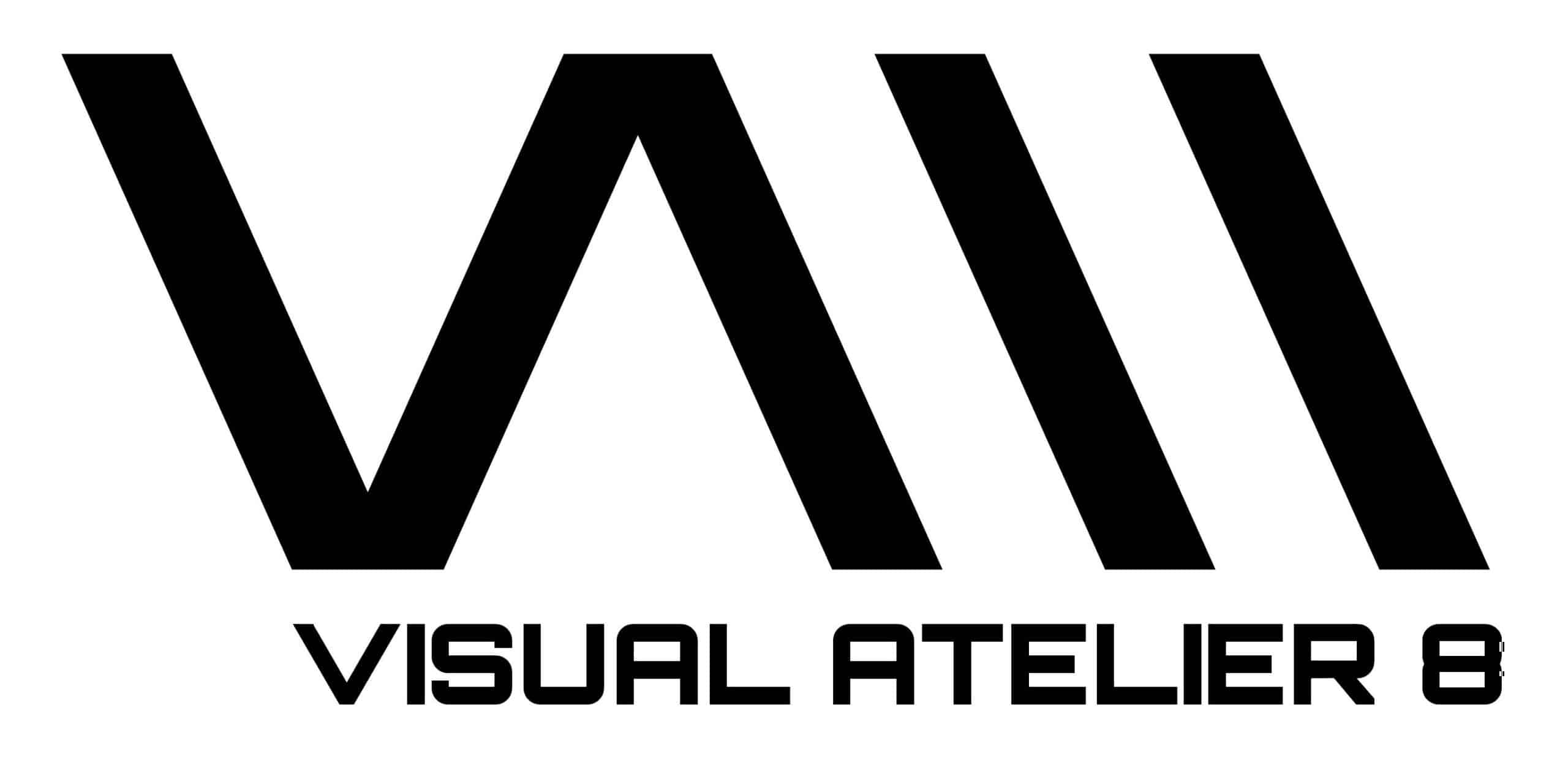Thank you so much for sitting down with us. When coming into contact with your work many questions are raised, the most focal being about the process and artistic intention. Because you (the collective you) have very gratefully spoken at length in other talks about your processes, please let’s begin by looking at the intention. The word “values” come up a lot while your team speaks about imagining concepts. Which values do you all share, and how are these translated into your projects?
The main intention is to reflect contemporaneity, with the full spectrum of its possibilities. As artists, we are neither liberal nor conservative, neither progressive nor traditional. We question all values and stereotypes, provoking people to reexamine their own in relation to contemporary life. We think that artists cannot align with a political ideology. Artists are not supposed to be propagandists.
The phrases, “stop motion”, “music as narrative”, and “appreciation for art history” can all come to mind when one experiences your artistic virtual allegories. Over time, it seems that the motion of your actors has changed from a frame-by-frame technique to one utilizing slow motion. In fact, the distinctive movement of your actors is so definitional that it serves as almost a signature. Could you please discuss how your core processes have evolved over the years, as with the importance of deciding upon a musical score to convey emotion, and what significance the understanding of art history plays in one’s appreciation of your productions?
In the beginning, we were interested in also excavating the technology, using even its visible defects for their expressiveness. But in the following projects, when we started working with more complex motion, the flaws of the frame-by-frame technique became a problem visually. So then we started using more complex methods of combining animation with slow-motion in order to express more subtle movements. Music is extremely important because it is never illustrative. It adds another layer that is oftentimes contrasting with the visual.
That allows us to create a certain depth, as when the image is serious and dramatic, while the music is ironic. In most of our projects, we’ve used classical music with subtle elements of contemporary music. The selection of classical music is a kind of casting for the visual component. For example, we’ve always wanted to use Mahler, but it never fit any of our projects because it is always totally serious, unlike Mozart or Beethoven. In our most recent work, Turandot 2070, we’ve inverted our method and commissioned a contemporary composition by Vladimir Rannev with echoes of Puccini.
It was needed for a project that is dedicated to the future. It’s not necessary to know art history well to appreciate our work. The meaning is mainly not academic facts but in an archetypal visual language that is represented by the canon. We work with primordial subjects and myths that people can extract subconsciously. Those who do know art history would see another layer with more subtle elements, but we never cite art historical works literally.

One could describe your pieces as a convolution of timeless beauty, which necessarily incorporates diverse elements of ancient myth and narrative as a symbolic representation or moving allegory about our time. Because “the now” is the quintessence of all that has preceded it, and because you purposely mingle new technologies with projections about the future into your, if I may call them visual poems, are your pieces searching for a singularity or objective truth about our life, or are the past and future simply tools to excavate or illuminate our modern time?
The way you describe it makes it sound very serious. There is no objective truth to life. The only objectivity is the potential for different futures. It is rather the opposite of how you say, our modern time is an instrument for illuminating possible futures and excavating the past.
Technically, your projects seem unapologetic about remaining strictly photo-real, such being as though this is done in an attempt to purposely break reality into constituent shards, this to then elevate the importance of what really lies beneath everything, revealing a deeper truth to being. What roles do truth-telling play in your work?
You’re right. When we created our first computer-manipulated project that depicted a possible Islamic future in 1996, viewers still believed in the documentary nature of photography. For them, this project was a kind of shock that revealed something about themselves. Consequently, with the development of the virtual world, we no longer distinguish between the real and the virtual, like certain native tribes who do not distinguish between reality and dreams. The virtual no longer shocks anyone.
This forces us to move away from photorealistic imagery towards surrealism. We are now working with a kind of “social surrealism,” which reflects the nature of contemporary society better than photorealism at this point. The idea of the objective truth is no longer relevant. The world is now composed of subjective truths that are incompatible and hostile to one another, like Trump and social democrats or progressives.

Gender relations, power relations, racial stereotypes, ethnicity, role inversion, and even the color of clothing all seem important in how you create slight pathos and conflict or even intrigue in your visual statements. What lies behind this play on expectations? Why do you think changing what is expected becomes so important and effective in communicating deeper things?
The expected always confirm the stereotypes. Subverting the expected serves as the conceptual thread of all our work. We play the viewer’s inner conflicts out for them in our projects as a kind of psychoanalysis, not just of them as individuals but as agents in society. It’s a form of theatrical, carnivalesque catharsis that is meant to cure the collective neurosis. Even the slow-motion works as a kind of hypnosis that is therapeutic.
Tatiana once said, “art is a mine field”, and this statement is quite profound. When you have become world-class creative superpowers and the bar has become so high, does creating become less enjoyable, or, is the process of self-overcoming its own reward? How does one avoid becoming overly stressed by having to produce at such a high level as a norm? Is there a resolution?
We’re only stressed when we are not working. The key for us is to make work that triggers our own reflections and curiosity. The stage of conceptualizing a new project causes the most anxiety because new work has to be sufficiently different from previous projects. But it always gets resolved on an intuitive level, when it becomes clear that the concept is ripe.

In your newest project, Turandot, you have collaborated with the famed theatre director Fabio Cherstich to bring your virtual imaginations to the medium of living theatre. Since this is not the first of such unities between your art and live performance it shows that it’s an evolution of sorts. Do you think that theatre is the natural progression for your cinematic stylistic endeavors, seeing that each one of your projects exists as if a silent virtual film? What inspires and directs these new choices? Where else would you like to branch into in the future, immersive AR perhaps?
For us, the experience in the theater is a very natural form, so it is a natural progression, yes. We see our video projects as multimedia performances in some sense. XR technologies as well seem like a logical form to explore. We are very interested in moving outside the borders of the screen, into a more immersive environment, both physical and virtual.
Many budding creative look up to you all as though rock stars of the art sphere. They respect how you take every element of art from the past through to the future and make things that are meaningful for us today, but also for humanity across the ages. What advice can you give to boundary-pushing artists who might feel discouraged because their styles are too advanced to be appreciated today?
It’s a sad question really, but it describes contemporary reality. In the time we live in, it’s impossible to discern the idea of the romantic, misunderstood avant-garde artist whose work is paving the road to the future. Our only advice is to develop a deep understanding of why you are making the work and for who. In order to really push boundaries, an artist must first define them.

All images courtesy of AES+F, shared with permission

